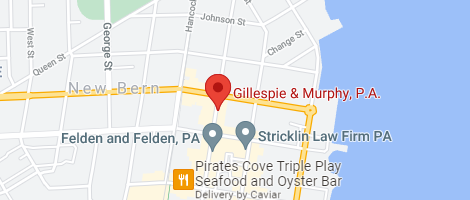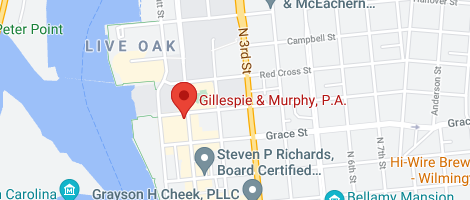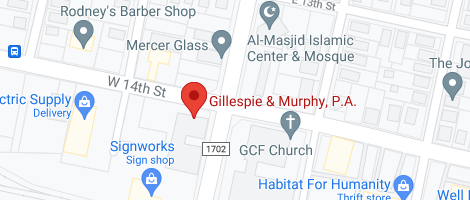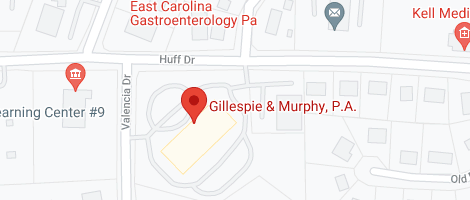If you have been dealing with financial difficulties for a significant amount of time, the prospect of bankruptcy has likely crossed your mind at one point or another. The concept of bankruptcy has different connotations for different people. Some people have negative associations with the procedure because they believe it’s “the easy way out” or that it’s an admission of failure. In truth, bankruptcy is neither of these things: It’s a process that enables those struggling financially to improve their situation.
There are different types of bankruptcy in the form of bankruptcy Chapters that are targeted toward respective situations. Before filing for bankruptcy, you should have a good idea of which bankruptcy Chapter would work best for you. For private individuals going through bankruptcy, the choice tends to lie between Chapter 7 and Chapter 13 bankruptcy. The following is an overview of these two Chapters.
Chapter 7 bankruptcy
Chapter 7 bankruptcy, put simply, is the process of liquidating assets to pay off debts. This process only takes a matter of months, and any debts left over after the liquidation of assets are usually written off. This means that those who successfully complete a Chapter 7 bankruptcy can become debt-free in a matter of months. This is a major benefit to this Chapter, but it’s not the best choice for everyone. Those who have high assets, for example, homeowners, may not want to file for Chapter 7 bankruptcy. Additionally, those with a high income may not be eligible.
Chapter 13 bankruptcy
Chapter 13 bankruptcy involves the restructuring of debts into a repayment plan. This is ideally suited to those with a good, stable income. The debtor will make regular payments over a period of 3-5 years. When they have completed their repayment plan, any debts that remain will almost certainly be cleared. Chapter 13 bankruptcy is less damaging to a debtor’s credit score than Chapter 7 bankruptcy, but it tends to be a less popular choice because of the amount of time it takes.
If you are feeling weighed down by the burden of your debts, take action to address the problem. Becoming debt-free may not be as difficult as you think, and filing for bankruptcy is just one potential option.









